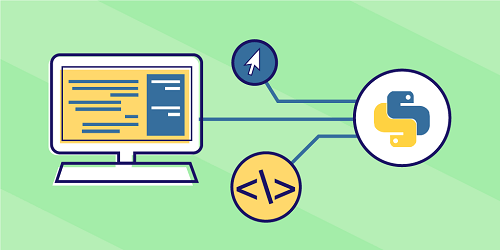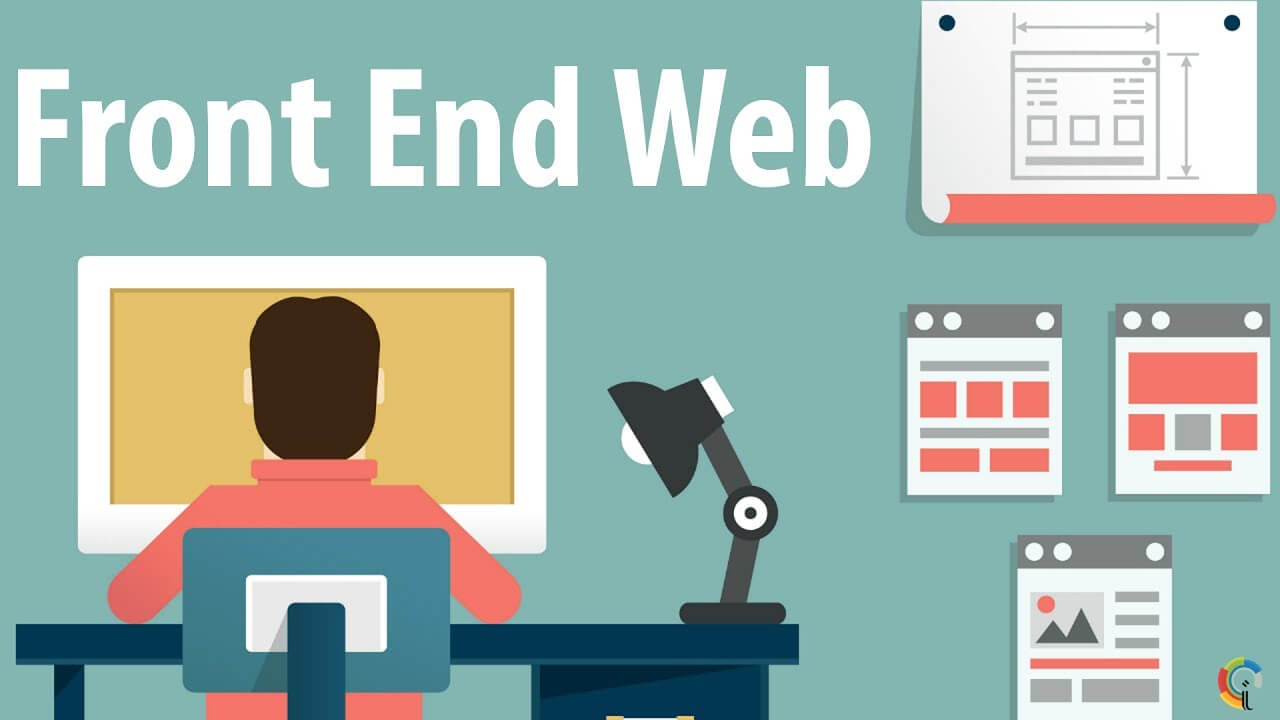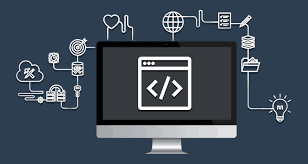Python Tutorial
Python OOPs
Python MySQL
Python MongoDB
Python SQLite
Python Questions
Plotly
Python Tkinter (GUI)
Python Web Blocker
Python MCQ
Related Tutorials
Python Programs
What is Web Development in Python?One of the most well-liked and adaptable programming languages, Python may be used to create a variety of applications. Python gives programmers the ability to create server-side or backend code for web applications. Several frameworks and packages are also included. Considering this, we will attempt to demystify Python-based web development in this article. It is because of its simple syntax and ease of use. Python is a widely used and simple language that is used in many industries to create a variety of applications, including desktop programmes, machine learning methods, and more. Web development is one of these fields. One of the most popular languages for creating web apps is Python. Anyone can use it to complete a variety of activities, including web development. Python can be used to create web applications in a variety of contexts, including server-side web applications, RESTful web APIs, etc. It can be challenging and daunting to get started with Python because there are so many ways you can use it to create web apps. As a result, in this blog post, we'll first talk about web development before knowing how to use Python for web development. What is Web Development?Web development is a broad area, but it refers to creating software that can be viewed online through a web browser. There are two parts to a web application: the front end and the back end. 
Many developers use Python's rich range of frameworks to handle the nuances of execution because it lacks the built-in functionality necessary to speed up the construction of unique web applications. Web development is one discipline in which Python excels. Bottle.py, Flask, CherryPy, Pyramid, Django, and web2py are just a few of the frameworks available in Python. Some of the most well-known websites in the world, including Spotify, Mozilla, Reddit, the Washington Post, and Yelp, are powered by these frameworks. The lessons and articles in this part go over Python Web application development methodologies and concentrate on how to create practical solutions to issues that regular people genuinely need help with. Front-End:The portion of a web application that controls what users can view, interact with, and how their interactions should appear is called the frontend. It is what users see when they go to a URL and access a web application on their web browser. A web application's front-end developer is responsible for controlling interactions with web servers, retrieving data, displaying it in the application, and sending it back to the server to be saved or modified, such as in a tweet or blog post, etc. 
Front-end Building online interfaces, more particularly the elements of a website that users will interact with, is referred to as web development. The three primary building blocks of any website, HTML, CSS, and JavaScript, are used to create everything you see when exploring the internet, including the images, headings, sliders, and buttons. Backend:The portion of a web application that handles its server-side components is called the backend. It is the area where Python web development really excels. 
Back-end the components of a website that a user doesn't see or actively engage with are referred to as development. The back end manages user request processing, database interaction, application logic, and algorithms. The backend oversees storing, retrieving, and structuring data in a predetermined way so that other programmes can parse and comprehend it. The backend of a web application must be able to interpret an HTTP request, comprehend its content, and act on the data in accordance with it because data is transmitted between web servers via HTTP. Data may be stored, validated, updated, deleted, and retrieved, among other processes. There are numerous methods to develop applications using these two components. Doing everything on the server will be one of these methods. This involves constructing the complete web page on the server, storing the frontend, or HTML, CSS, and JavaScript, on the server, creating themes and populating those templates with data using a database, and transferring the code to the browser over the network. This is acceptable for tiny web apps, but it could result in poorer performance for larger applications. Using web servers to return information in a particular format, which then is parsed and presented on the front-end using templates and data from the server, is an additional method.
Next TopicCategorical variable in Python
|
 For Videos Join Our Youtube Channel: Join Now
For Videos Join Our Youtube Channel: Join Now
Feedback
- Send your Feedback to [email protected]
Help Others, Please Share










